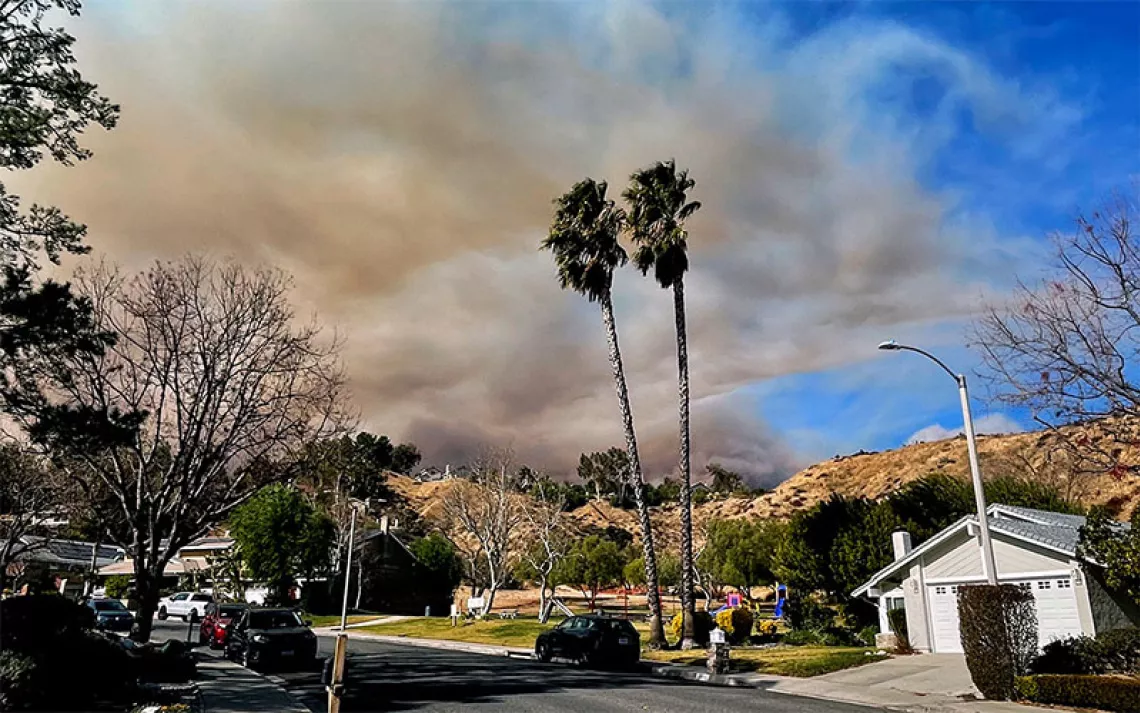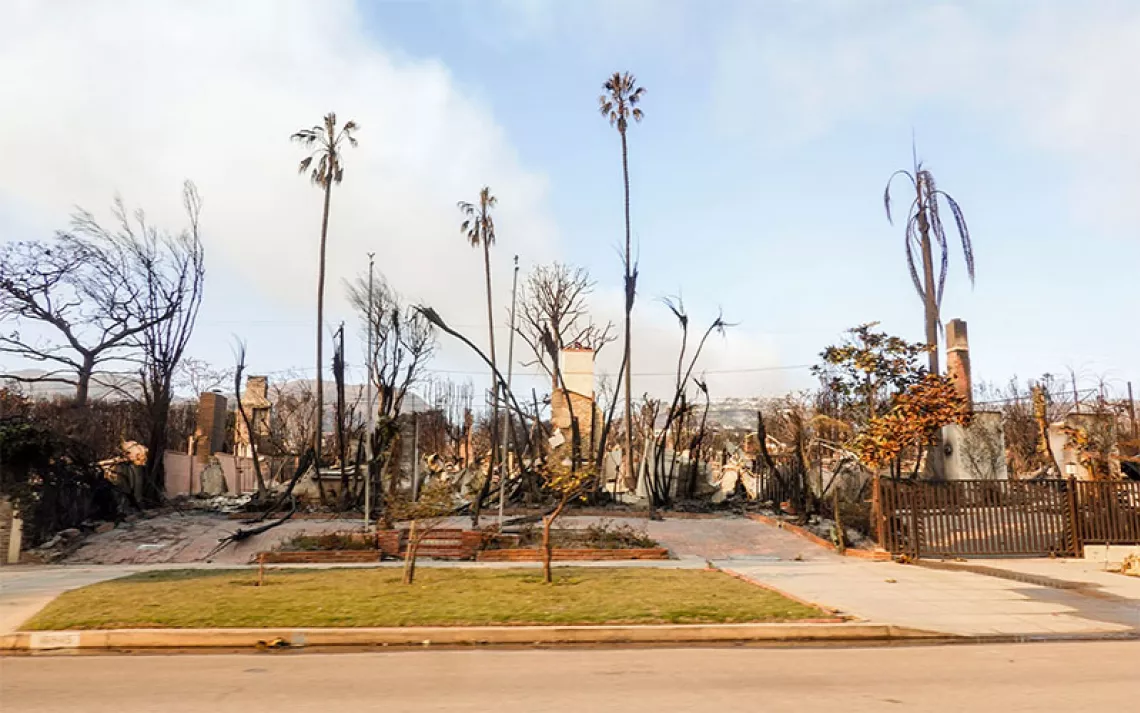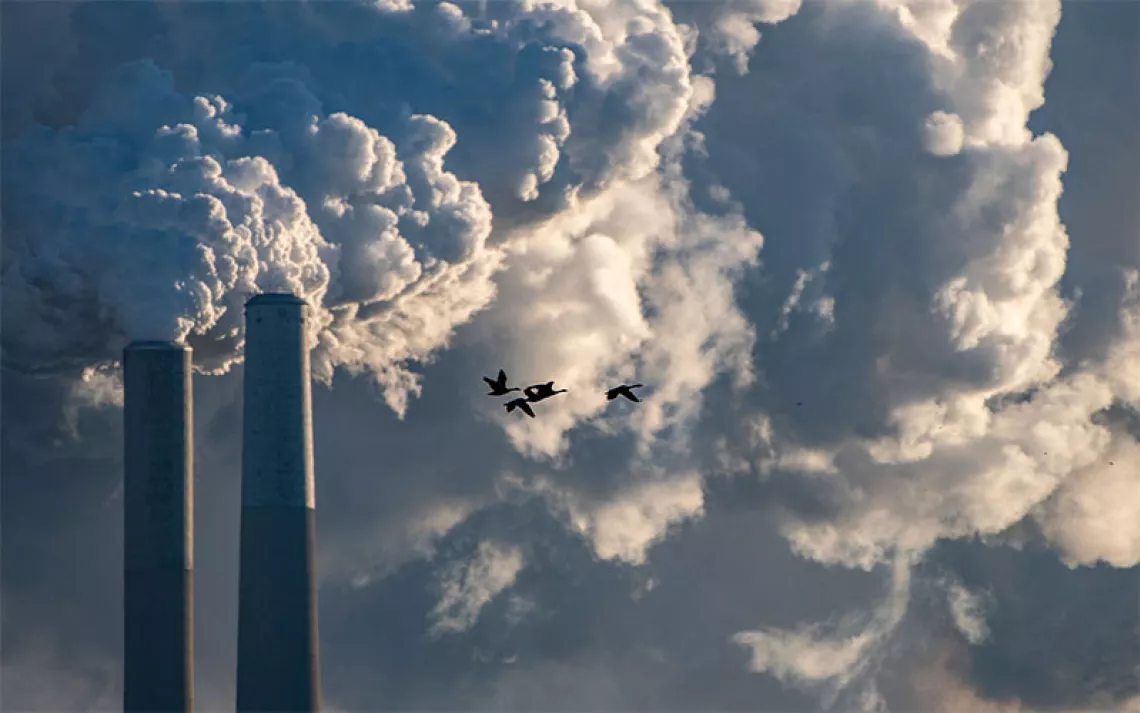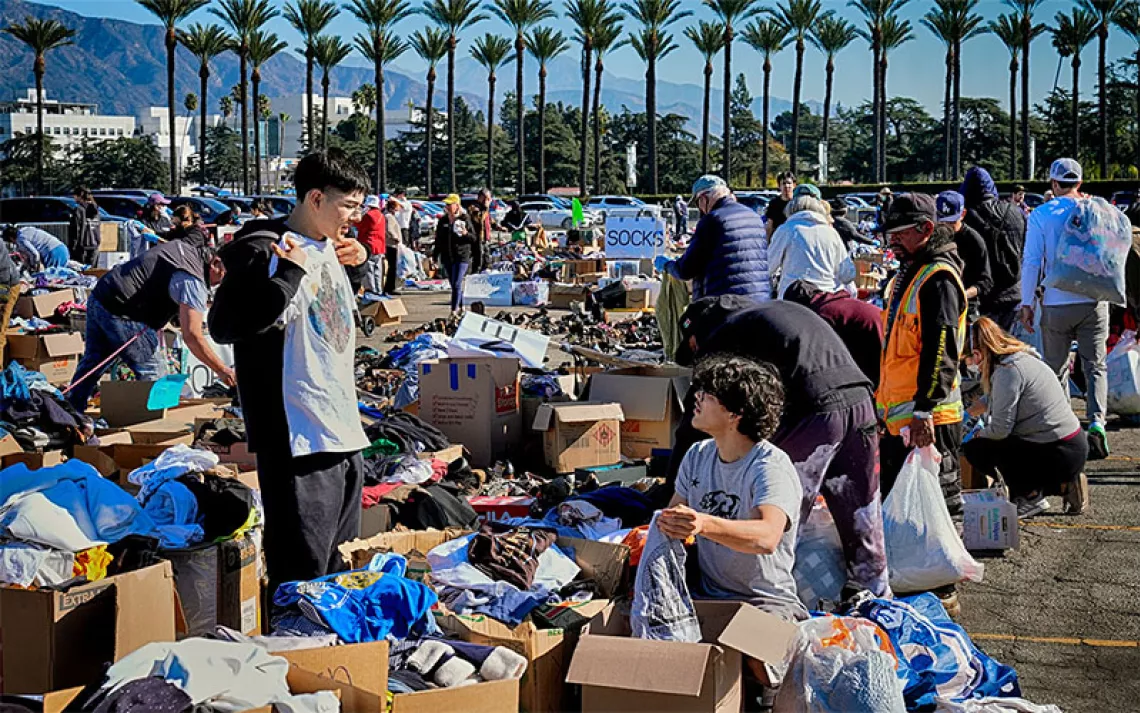Hurricane Dorian + Florida’s Toxic Waste = Trouble
It’s hard to keep pollution in one place in hurricane country

Photo courtesy of NASA Worldview, Earth Observing System Data and Information System (EOSDIS)
Forecasters are predicting that Hurricane Dorian, which has devastated the Bahamas as a Category 5, will be a strong Category 4 when it sideswipes Florida's eastern coast on Tuesday, before swirling north toward Georgia and the Carolinas.
Unfortunately for Florida, hurricanes like Dorian have a way of revealing environmental injustices. Hurricane Katrina, along with displacing tens of thousands of people, resulted in what was then the worst oil spill in North America since the Exxon Valdez in 1989. In the wake of Hurricane Maria, Puerto Rican residents had to resort to drinking water contaminated by Superfund sites. Forty inches of rain pummeled Houston during Hurricane Harvey, flooding hazardous waste sites and causing mercury to collect along local riverbanks.
Dorian’s projected path could converge with sewage-disposal operations and concentrated animal feeding units, says Lisa Rinaman of Waterkeepers Florida. But the biggest worry is coal ash. At least three coal ash sites could be impacted by the strong winds, heavy rainfall, and storm surge of the offshore hurricane: the Seminole Generating Station east of Gainesville, the Stanton Energy Center near Orlando, and the St. Johns River Power Park in Jacksonville.
Coal ash is the largest category of industrial waste created in the United States—it’s found wherever coal plants are, or used to be. It’s also a major public health risk, since it contains nearly a dozen toxic chemicals deemed harmful by the EPA, including mercury, arsenic, and lead. Studies show these toxics can cause birth defects, developmental delays in children, a multitude of cancers, and damages to any and all of the major organ systems. In 2008, a Tennessee Valley Authority coal ash pond near Kingston, Tennessee, breached, burying a local community in 1.5 million tons of sludge. A decade later, of the 900 workers who cleaned up the spill, 400 are sick and 41 are dead from illnesses linked to toxics found in coal ash.
In 2015, the EPA finalized the Coal Ash Rule, which banned storing coal ash in wetlands and earthquake-prone areas but continued to allow them in high-risk flood zones—like the hurricane-prone Atlantic coast—if utilities could ensure that groundwater would not be contaminated. Utilities that were found to be polluting groundwater would have to cap their wet storage ponds or convert the waste to dry storage—where dry coal ash is deposited in lined landfills at least five feet above an aquifer.
Not many sites have actually accomplished this. Out of 737 coal ash sites in the US and Puerto Rico, 95 percent use ponds that are unlined. Almost all—91 percent of those reporting—are polluting groundwater to levels in excess of federal safe drinking water standards.
Despite coal ash’s history of health risks, the EPA has declined to categorize it as hazardous waste. That move would put it under stricter regulations, including cradle-to-grave monitoring of how and where waste is recycled, stored, or incinerated.
While the hurricanes haven’t stopped under the Trump administration, in 2018 the EPA began to roll back the Coal Ash Rule. According to an analysis by Politico, the administration’s changes—which are still under review—will allow states to waive cleanup requirements and suspend groundwater monitoring.
While the amount of coal burned in Florida—and across the US—has declined in favor of cheaper natural gas, Florida is home to nine active coal-fired power plants currently generating coal ash, and 78 coal ash impoundments that hold an estimated 850 million gallons of coal ash.
Florida’s dump sites have also accepted coal ash from out of state. After Puerto Rico banned dumping coal ash in 2017, JED Landfill in Osceola County began accepting the waste from a coal-fired plant on the island at a rate of $2 a ton.
Pushback from the community near the landfill pressured the private landfill to cancel the contract early, though JED was still accepting shipments as late as August 10, says Andrew Sullivan, spokesman for Osceola’s board of commissioners. As of Monday, Osceola County was distributing sandbags, enforcing a curfew, and implementing both volunteer and mandatory evacuations ahead of Dorian. The landfill did not respond to a request for comment on its own emergency preparations.
In the last two decades, tropical storms have pummeled coastlines with increasing rainfall and stronger wind power. According to the EPA, the risk is only expected to grow. Scientists predict warming ocean temperatures, linked to human-caused climate change, will intensify the severity of hurricanes.
Florida is not the only coastal state worried about the effect that future hurricanes will have on old pollution. According to a new study by Hans W. Paerl of the University of North Carolina at Chapel Hill, 36 tropical cyclones have hit North Carolina’s shoreline in the last three decades, with three causing catastrophic flooding.
In 2018, Hurricane Florence caused coal ash stored by Duke Energy to spill into two of North Carolina’s rivers and nearby Sutton Lake. While Duke Energy maintains that the resulting contamination was minor, a report released in June, coauthored by Avner Vengosh, professor of earth and ocean sciences at Duke University, suggests that unreported and unmonitored spills dumped coal ash into Sutton Lake for years.
This lack of reporting is not unusual in the hurricane-prone Southeast. In 2016, Vengosh reported that out of 15 coal ash sites analyzed in the region for leakage, every single pond or landfill showed nearby groundwater contamination.
“There’s been negligence for decades,” says Vengosh, referring to the EPA. “Coal ash is still not considered hazardous waste, and it’s not being adequately managed.”
Without strong enforcement of storage regulations, coal ash ponds along the Atlantic coast are a disaster waiting to happen. “These toxic ponds pose significant threats to human life, particularly in the southeastern US. A storm like Hurricane Dorian could usher in another disaster,” says Lisa Evans, an attorney for Earthjustice. “Such a disaster is entirely preventable, but the Trump administration lacks the will to require industry to shut these sites down.”
 The Magazine of The Sierra Club
The Magazine of The Sierra Club



